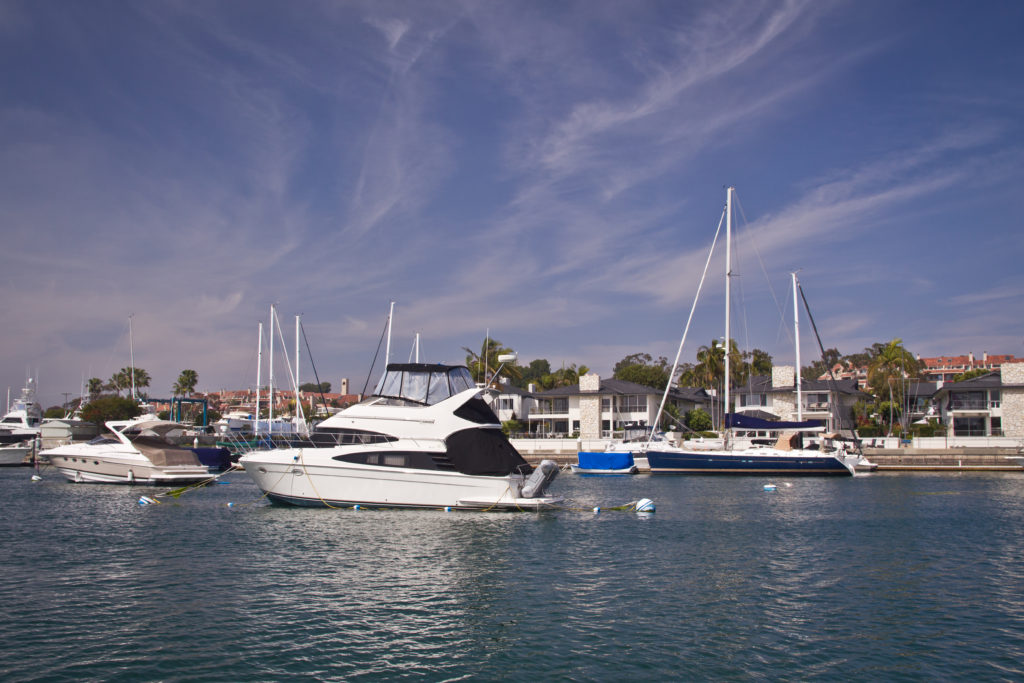The California Air Resources Board (CARB) recently granted waivers to the state’s truck and railroad industries, exempting them from certain emissions regulations due to concerns over the high costs of transitioning to electric vehicles. However, CARB’s 2022 amendments to the Commercial Harbor Craft Rule remain in effect, imposing stringent requirements on the maritime industry. This disparity has prompted Jennifer Carpenter, President and CEO of the American Waterways Operators (AWO), to appeal to Governor Gavin Newsom for intervention.
In her letter, Carpenter highlighted the maritime sector’s efficiency and environmental benefits, noting that it moves over 665 million tons of cargo annually while emitting 43% less greenhouse gases than rail and 832% less than trucks — the very sectors now exempt from the latest CARB regulations. She emphasized that AWO members employ over 50,000 Californians and contribute more than $12.2 billion to the state’s economy. Despite these advantages, the maritime industry faces stringent regulations that could undermine its operations.
One significant concern is the mandate for vessels to install diesel particulate filters (DPFs). Carpenter pointed out that DPFs have a history of catching fire on trucks due to extremely high temperatures, posing a severe risk if such incidents occur on vessels, where crews might...







